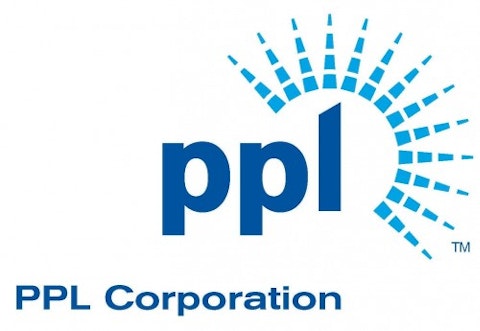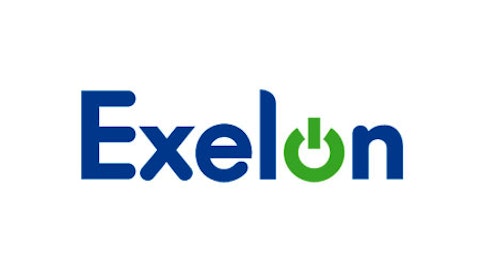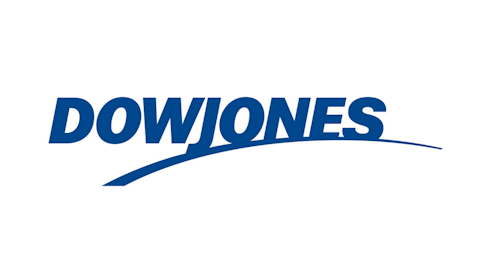Pennsylvania-based electric utility PPL Corporation (NYSE:PPL) found itself in the path of one of the most devastating storms in history last year, as Hurricane Sandy barreled into the mid-Atlantic and left billions of dollars in damage in its wake. Although PPL stock didn’t suffer a long-term hit from the storm, the utility now faces a much different threat from rising interest rates that could eventually have a major impact on its financing costs. Let’s take a look at what’s been happening with PPL Corporation (NYSE:PPL) in the recent past and how it’s responding to this new threat.
Understanding PPL’s business
Investors often treat utilities like boring businesses, but each one has different types of exposure to the various markets within the broader sector. For its part, PPL has an interesting combination of businesses, with both regulated customer-focused transmission and distribution units and unregulated electricity generation. Moreover, it does business not only in the U.S. but also in the U.K., where it has a relatively place in the market through its WPD subsidiary.
The prospects for PPL Corporation (NYSE:PPL)’s respective businesses differ greatly. On one hand, the regulated utility business has been doing very well, with new base rates in its Pennsylvania and Kentucky markets helping drive profits higher in its most recent quarter. U.K.-based results were also strong, as the environment across the Atlantic has been relatively benign lately. U.K. rival National Grid plc (NYSE:NGG) has also seen exceptional results in its own British operations as it leverages the competitive moat that being a major regulated utility gives it in the market there. For PPL, more than half its earnings come from the U.K. division.
Unfortunately, what hasn’t done as well for PPL Corporation (NYSE:PPL) is its unregulated competitive electricity generation business. Cheap natural gas prices last year led PPL, nuclear giant Exelon Corporation (NYSE:EXC) , and other major utility players to hedge against the possibility that gas would stay low, as cheap gas makes their respective nuclear operations less competitive. Yet those hedges came back to bite PPL Corporation (NYSE:PPL) and Exelon Corporation (NYSE:EXC), as rising nat-gas prices during the most recent quarter caused substantial losses from their hedge positions.
Henry Hub Natural Gas Spot Price data by YCharts.
None of those things has really hit PPL stock, but the bond-market collapse over the past month has done a number on its share price. Utility stocks are often seen as bond substitutes, so when bond prices are weak, utilities often follow suit. Moreover, given the huge amounts of debt that PPL Corporation (NYSE:PPL) and its peers have in order to finance their capital-intensive operations, rising rates translate to rising financing costs in the long run, sapping future profits to the extent that PPL can’t pass on those higher costs to regulated customers.





